G u m b a l l P r o j e c t - T h e P u l l m a n S t r i k e

Title: "Pearls from Mayme Stanley" Dimensions: 65" x 14" Assembled objects: Gumball machine, period bayonet, Tutti-Frutti gum, 1987 Tribune article by Karl Plath Interactive I’ve asked friends, authors, historians, scholars, activists, laborers and labor leaders to write something related to each piece in the project. I am so appreciative of each and every one of them for their contribution. Mary “Mayme” Stanley (nee Moran) was born in Pullman, Illinois on January 13, 1884. The town itself was still in its infancy–construction had begun just four years prior and the final homes on the south end of the town were still being completed. The Morans represented a fairly typical Pullman household structure: her father, William Moran, was a painter at the Pullman Palace Car Company while her mother, Annie Moran, took care of Mayme and her four siblings. Mayme’s life took shape in lock step with the burgeoning town.The Pullman Strike, one of the most significant labor events in American history, happened when she was 10 years old. Thousands of workers walked off the job at the factory on May 11, 1894, in protest of wage reductions and job cuts while the cost of rent (controlled by the Pullman Company) remained unchanged. After two months of increasing agitation with no progress in negotiations, federal troops were brought in to force the strikers back to work. “They used to scare us kids,” Mayme recalled in a 1987 interview with the Chicago Tribune, “They would be sitting outside the hotel eating out of those pewter plates. They would use the bayonets to get the potatoes.” She was fond of recalling those she remembered as scabs during the strike, even in her twilight years. While the strike didn’t immediately resolve any worker concerns, the Illinois Supreme Court would later take action against the Pullman Company for the disruption. In 1898, it ruled that the company had violated its own charter, which made no mention of operating a town for its workers; the state forced them to sell off all non-manufacturing property. As a result, residents were finally given the opportunity to purchase the homes they’d been renting. Mayme’s family was among the first generation Pullman of homeowners: listed as renters of 11309 S Saint Lawrence in the 1900 Census, they were owners by 1910. Mayme’s parents spent the rest of their lives in that very house: both of their funeral processions departed directly from the home upon their deaths in the 1930s. Mayme’s eldest son, Cecil, would later spend his married years in the home with his wife Agnes until his own death in 1964. Mayme married John J. Stanley (a painter at the Pullman Company like her father) in 1905, and the couple had three sons. The family moved around the neighborhood until they finally settled into 11226 S Saint Lawrence where both she and John would spend most of their lives. In her final years, as the last person to have experienced living under Pullman’s thumb, Mayme lent her perspective to aid community stewardship and preservation efforts of the factory site and town in the last decades of her life. She would live to see another important event in Pullman history–the successful effort to avoid demolition in the 1960’s and the neighborhood’s first historic designations. When Mayme died in 1989 at the age 105, the living memory of Pullman’s earliest days and its most significant events died with her. Just over 25 years later, the Pullman community’s grassroots actions would culminate in a development deemed unlikely at the time of her birth: the first African American president would name Pullman the 406th National Park Service unit in 2015, elevating Pullman to national awareness again, this time for its significance, not labor exploitation *Lisa Burback is a native Chicagoan, Pullman resident, and Park Ranger with the National Park Service at Pullman National Historical Park. She has been instrumental in telling the many stories here, including the labor story. Seek her out when you visit. 
Link: https://www.chicagotribune.com/news/ct-xpm-1987-06-14-8702130774-story.html |


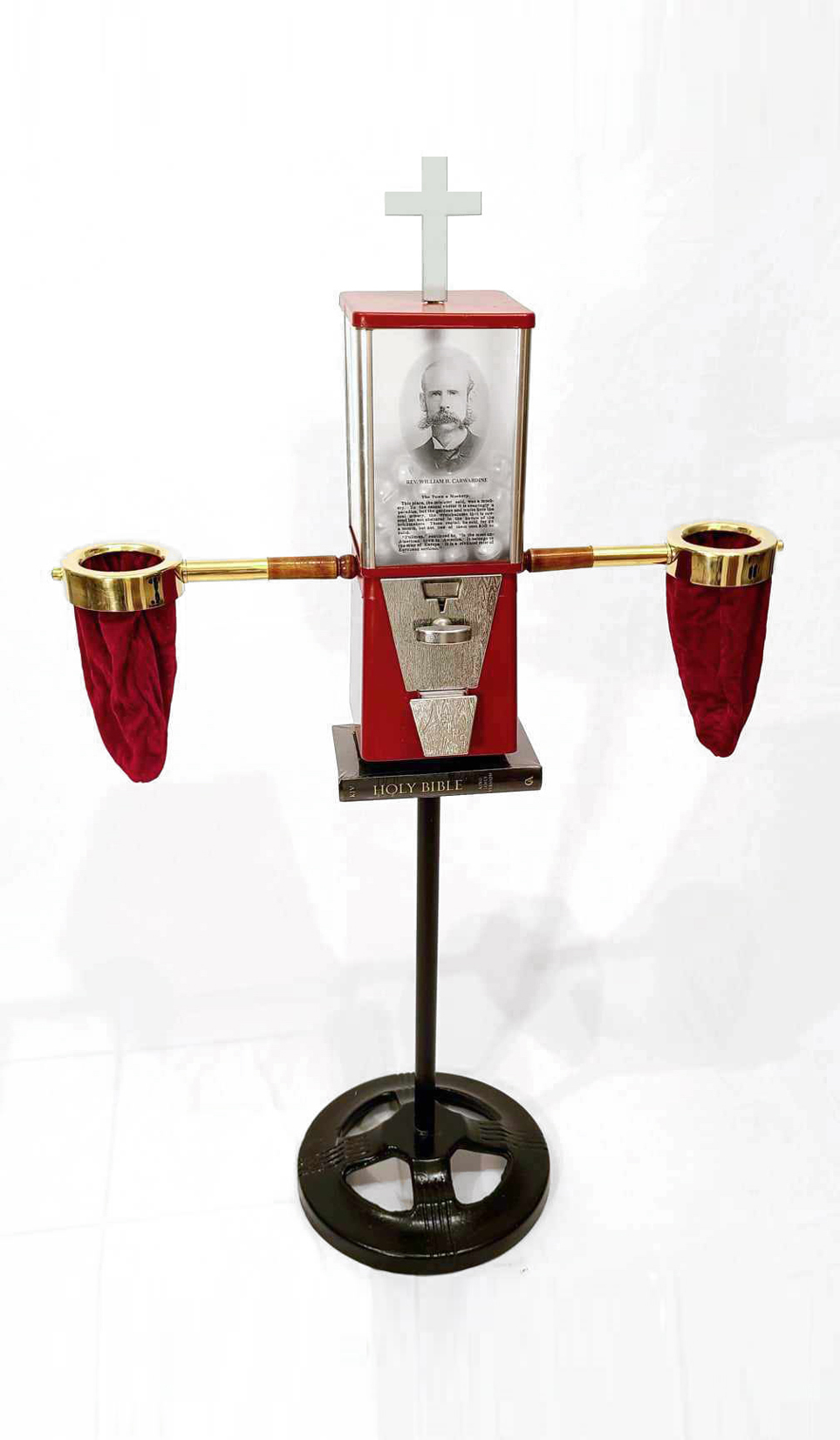
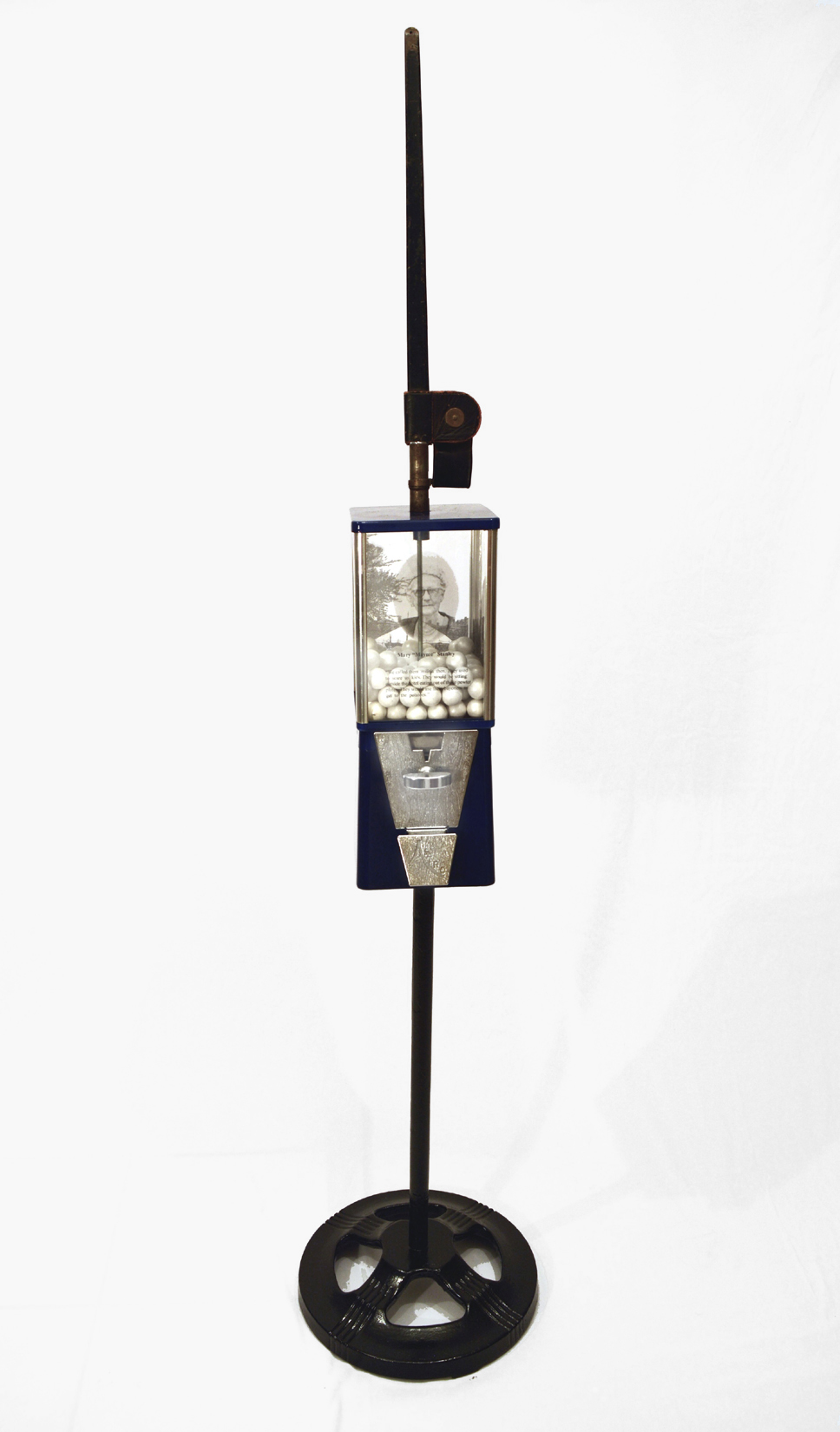
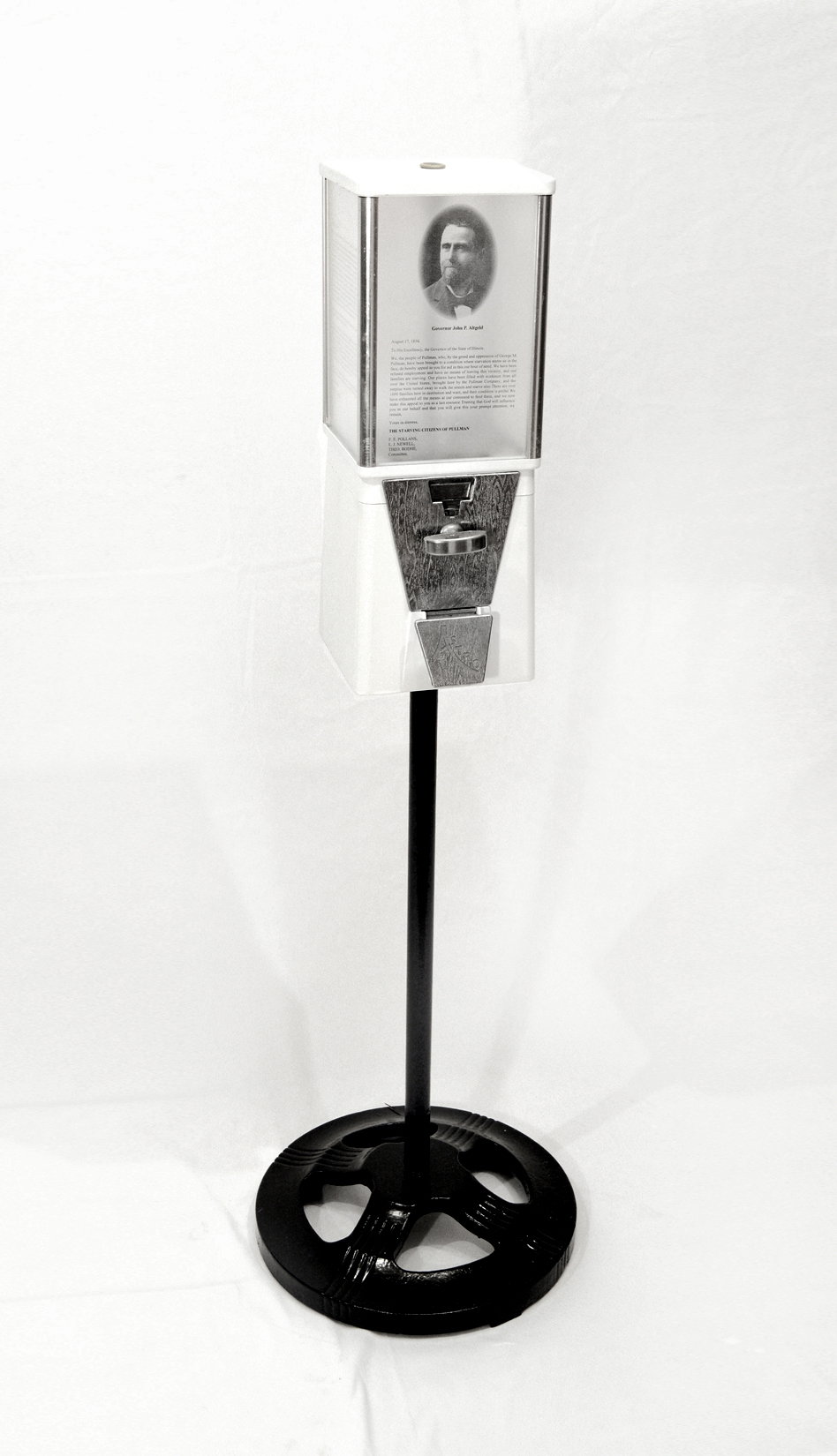
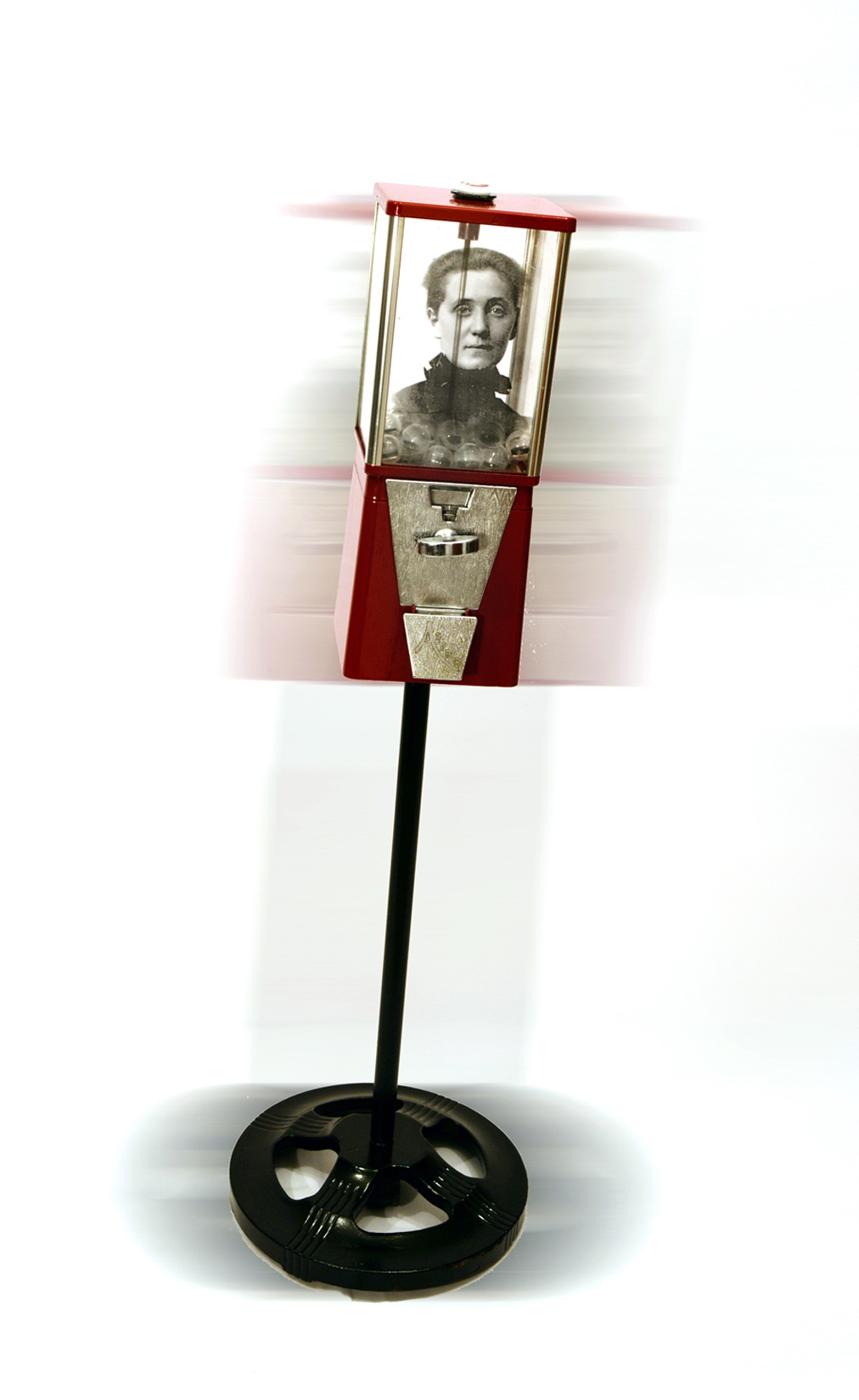
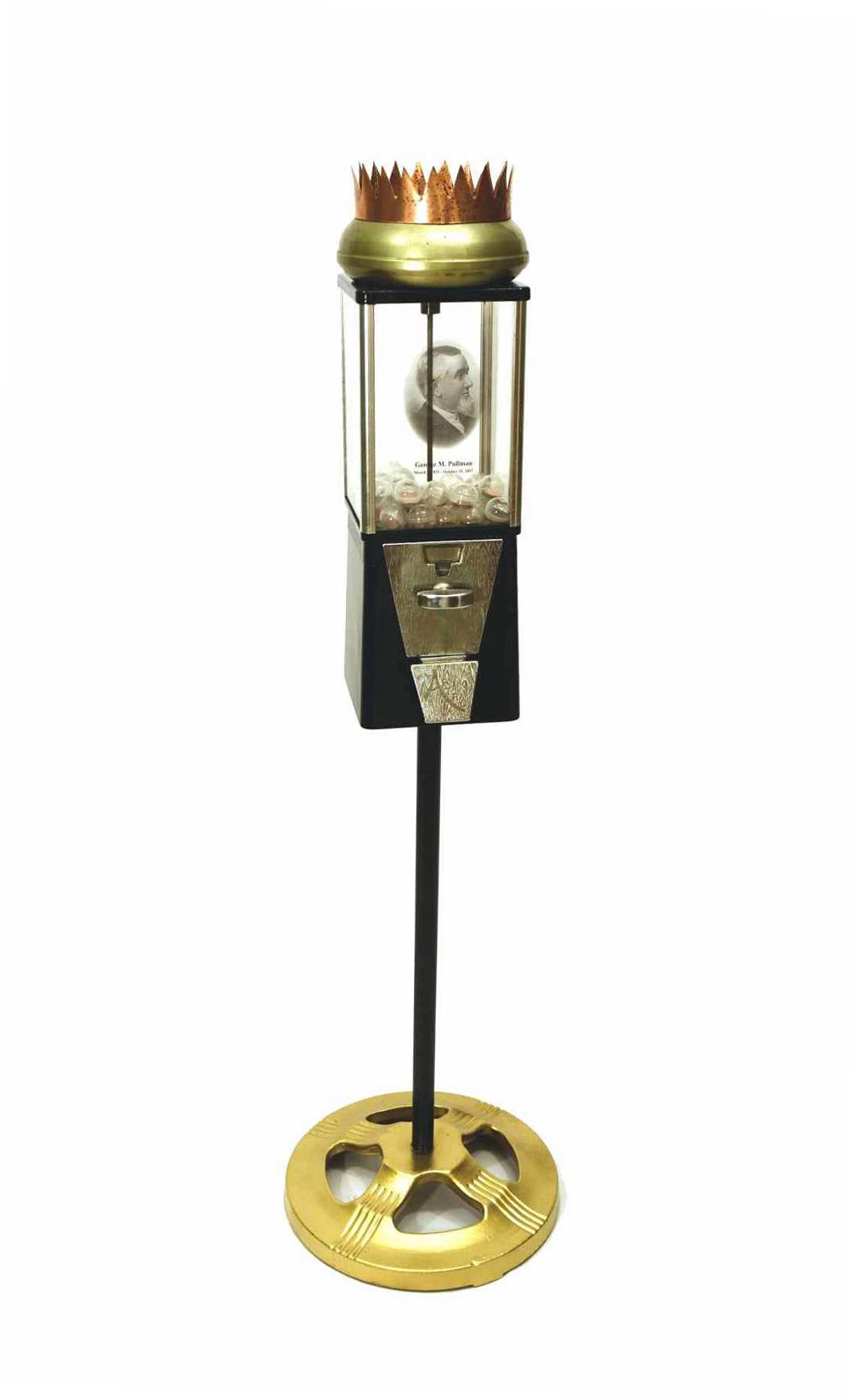
The Gumball Project |
other ART sites design by: t a l l s k i n n y . c o m